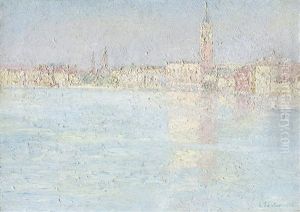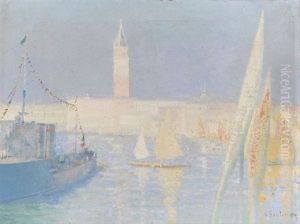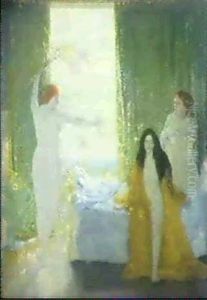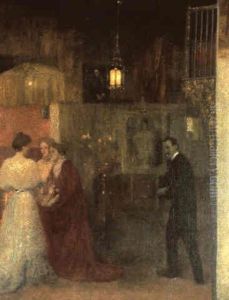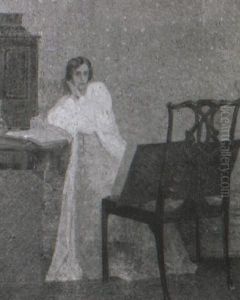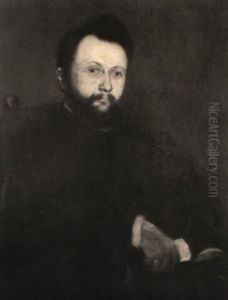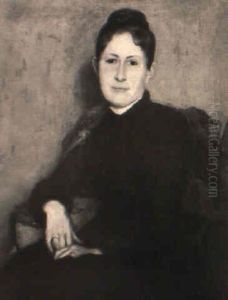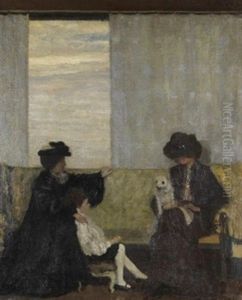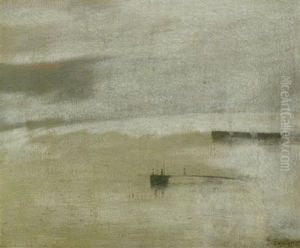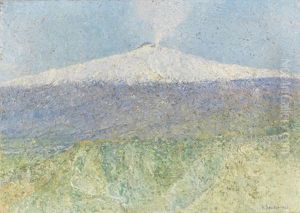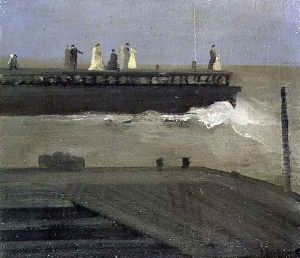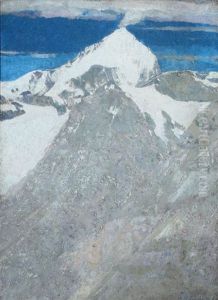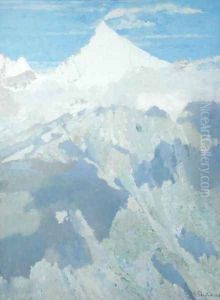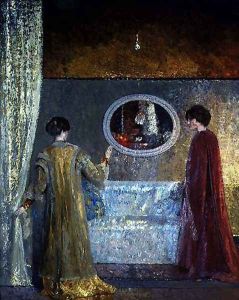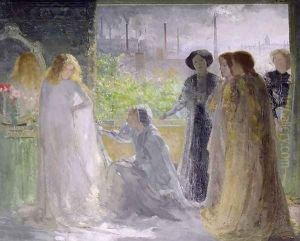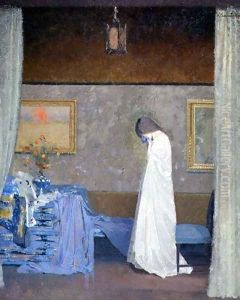George Sauter Paintings
George Sauter was a notable German-born British painter and illustrator, whose work spans across various styles, including realism and impressionism. Born on January 1, 1866, in Munich, Germany, Sauter was initially inclined towards a scientific career before shifting his focus to art. He studied at the Munich Academy, a renowned institution that fostered a rigorous academic approach to art, which significantly influenced his early work. During his time in Munich, Sauter was exposed to the rich artistic traditions of Germany as well as the emerging styles that were sweeping across Europe, including Impressionism.
In the late 19th century, Sauter moved to England, where he would spend the majority of his career and life. This transition marked a significant phase in his artistic journey, as he began to integrate the influences of British art and culture into his work. His paintings from this period showcase a blend of the precise German techniques he mastered in Munich with the more fluid and light-filled aspects of British Impressionism. Sauter became well-known for his portraits, landscapes, and genre scenes, capturing the subtleties of light and color with a delicate touch.
Sauter's contribution to the art scene also extended beyond his own creations. He was actively involved in the artistic community in Britain, participating in various exhibitions and art societies. His works were exhibited in prestigious venues such as the Royal Academy and the New English Art Club, helping to cement his reputation within the British art world.
Despite his success, Sauter remained somewhat of an outsider, straddling the line between his German heritage and his British artistic identity. This duality is reflected in his work, which often embodies a unique blend of the traditional and the contemporary, the German and the British. George Sauter passed away on October 7, 1937, leaving behind a rich legacy that continues to be studied and appreciated for its contribution to the transition and fusion of artistic styles in the late 19th and early 20th centuries.
